 Aspens in the Hope Valley
Aspens in the Hope Valley We left our place in Pioneer mid-morning and made our way up Highway 88 past the devastation of the recent (and still active) Caldor Fire. From the entry of the Mormon Emigrant Trail (which will remain closed through next spring) past Kirkwood and Caples Lake, the fire had reached the highway and, over the approach to Carson Spur, had crossed the highway, devastating trees and leaving normally spectacular aspen groves burnt to a crisp. Only blackened trees with no leaves and few branches remain.
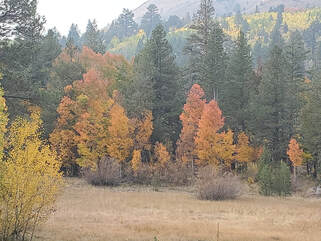 Smokey Aspens
Smokey Aspens Arriving in the Hope Valley after descending Carson Pass, we were a bit disappointed to see that smoke from fires to the south had invaded the valley. While the colors were there, it wasn't the best day for photos.
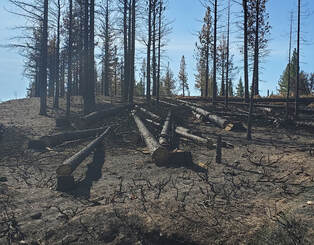 Tamarack Fire Destruction
Tamarack Fire Destruction 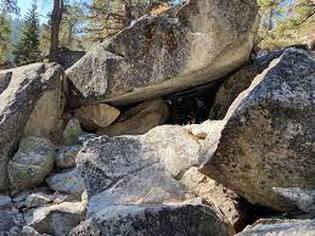 Snowshoe Thompson's Cave
Snowshoe Thompson's Cave After a superb lunch, Dick wanted to show us a few things on the way back. Our first stop was just off Highway 88/89. We took a short trail up to Snowshoe Thompson's Cave. Thompson stopped here on his trips and the smoke from his fires still marks the top of the 'cave'.
For those of you who haven't heard of him, John Albert Thompson was born in Norway and came to the States at age 10. After moving west and making a small fortune during the Gold Rush, Thompson volunteered to carry mail from Placerville, California to what is now Genoa, Nevada, a 90-mile trip each way. This wouldn't have been particularly unusual except for the fact that he did this during the winter when the mountains were impassible. His claim to fame was what the locals called his 'snowshoes', ten-foot long boards that he attached to his feet. Skiing was unknown in the West at that time.
Thompson was born near Telemark, Norway and had learned to ski as a child. For twenty years, until his death at 49 from appendicitis, Thompson made the trek two to four times a month. There are countless tales of his heroic exploits which I'll leave to you to check out if you're interested.
Thompson made the trip to Genoa in three days and did the return in two. It is said he could ski downhill at over 60 miles per hour and could jump over 100 feet. Ironically, Thompson was never paid for his mail deliveries.
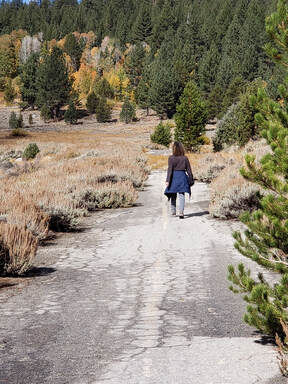 Karen heading up old 89
Karen heading up old 89 Following our short hike, we continued back into the Hope Valley. Dick had us pull over at a small parking area just past the 88/89 junction (also known as Pickett's Junction). This is officially the entrance to the Hope Valley Wildlife Area. We have stopped there before and walked over to the nearby Carson River to do some fly fishing (actually, this is where Karen caught her first trout on a fly rod several years ago) but had never realized that it was a recognized wildlife area.
Dick explained that this is where Highway 89 used to leave 88 to traverse Luther Pass to reach Lake Tahoe. We crossed a bridge over the river and walked about a half-mile until the remnants of the road started to get steep.
In his younger days, Dick, his wife Carol, and their five kids had been guided up the old 89 and onto the Pony Express trail which he now describes as a challenging trek. We returned home, vowing to come back to check it out.
Friday morning we awoke to rain - the first real rain of the season. We checked the weather and decided that since the cold front was passing, we could drive through the few inches of snow at Carson Pass and do the hike.
We pulled into the lot at 10am and stepped out into blustery 40-degree weather. We bundled up a bit and started walking. As we began to climb, the views were spectacular. No more smoke and the contrast of the aspens against the freshly snow-covered peaks was breathtaking.
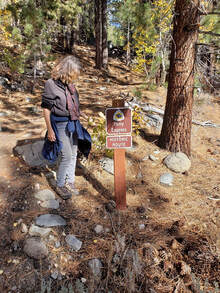 The Pony Express Trail
The Pony Express Trail We left old 89 and took the single-track trail upward. About a hundred yards further, it crosses old 89 and then crosses it again about a mile further. Ultimately they join just before old 89 intersects the new 89 at Luther Pass.
We stepped into the large meadow at Luther Pass. Google Maps shows it as a lake and I'm sure I've seen it full of water after wet winters, but this fall, it's a dry meadow surrounded by aspens, pines and spruce.
Beginning our return to the car, we noticed a trail going off to the right. We followed it for half a mile or so before realizing that it would continue along the ridge until it met the road at Scott's Lake. We often hike the trails off that road, but hadn't found this one. It looks like a good one to explore. Unfortunately, if we had taken it, we would have had a long walk along the highway to get back to the car.
Instead, we retraced our route and enjoyed the scenery looking down on Hope Valley as we descended.
That night we had dinner with Dick, his daughter, and her husband. She told us about some of those 'challenging' tours they'd taken as kids, including following the Mormon Emigrant trail and learning about Tragedy Springs and the Maiden's Grave. It's on our list for next year assuming they reopen those parts of the National Forest after the fire damage.
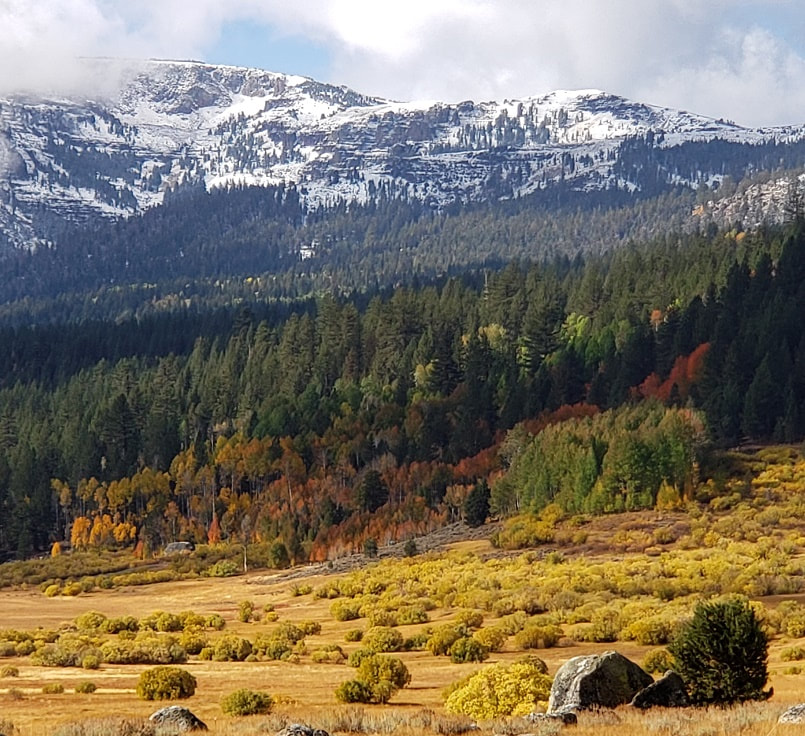
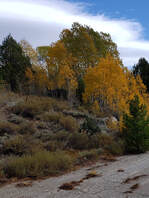
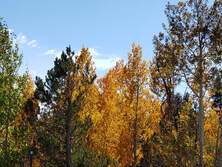
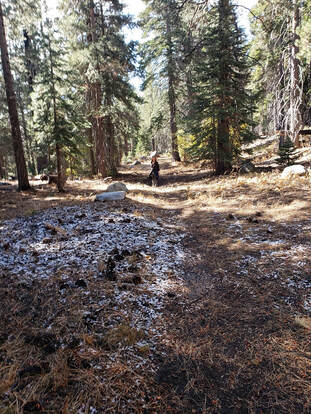
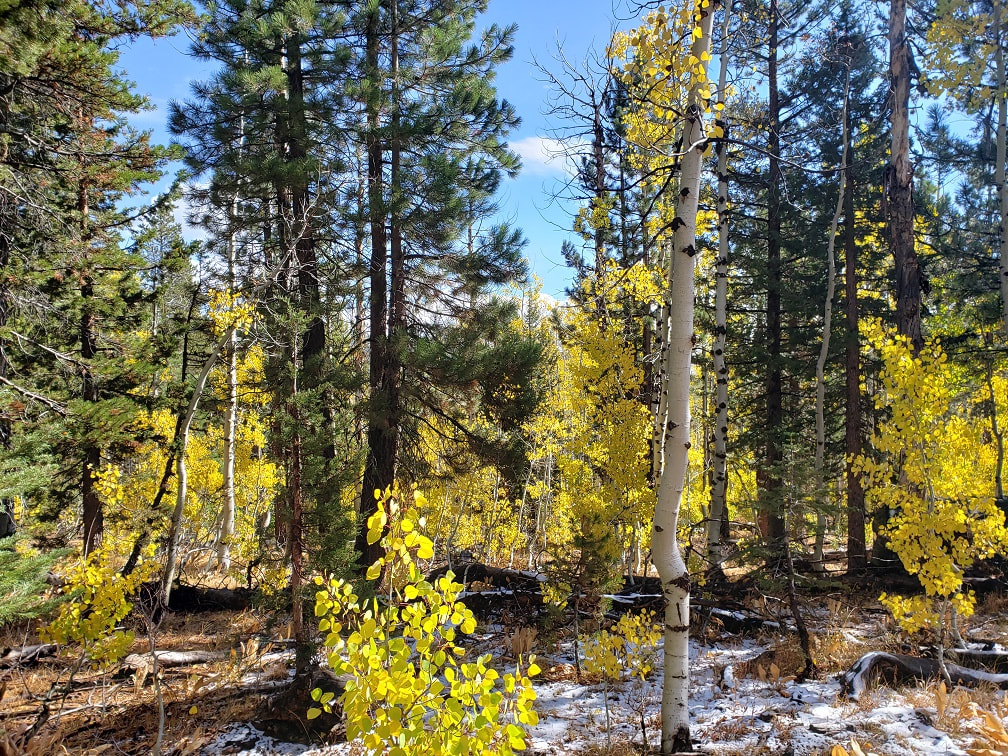
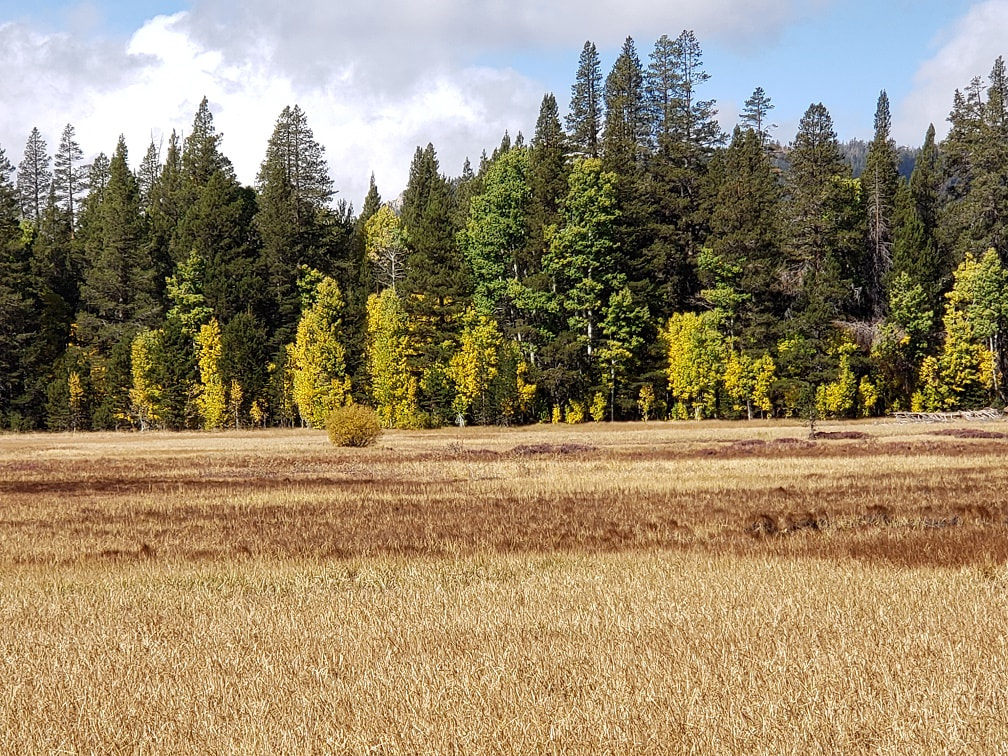
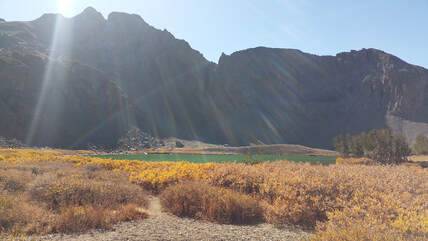
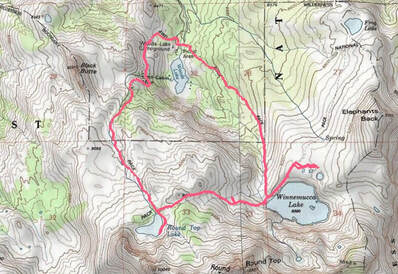
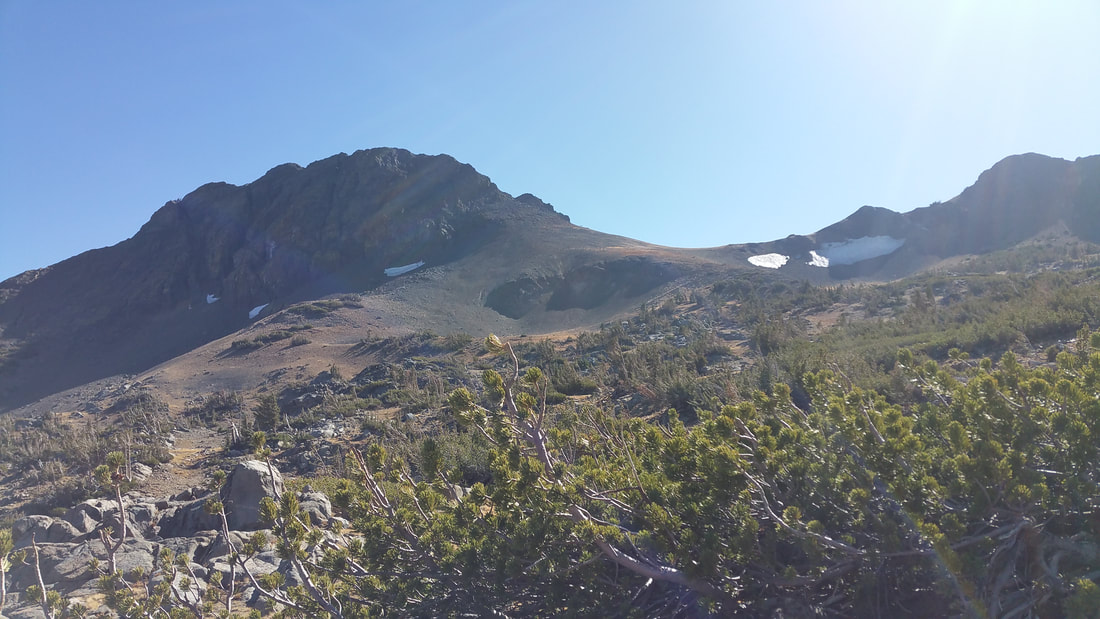
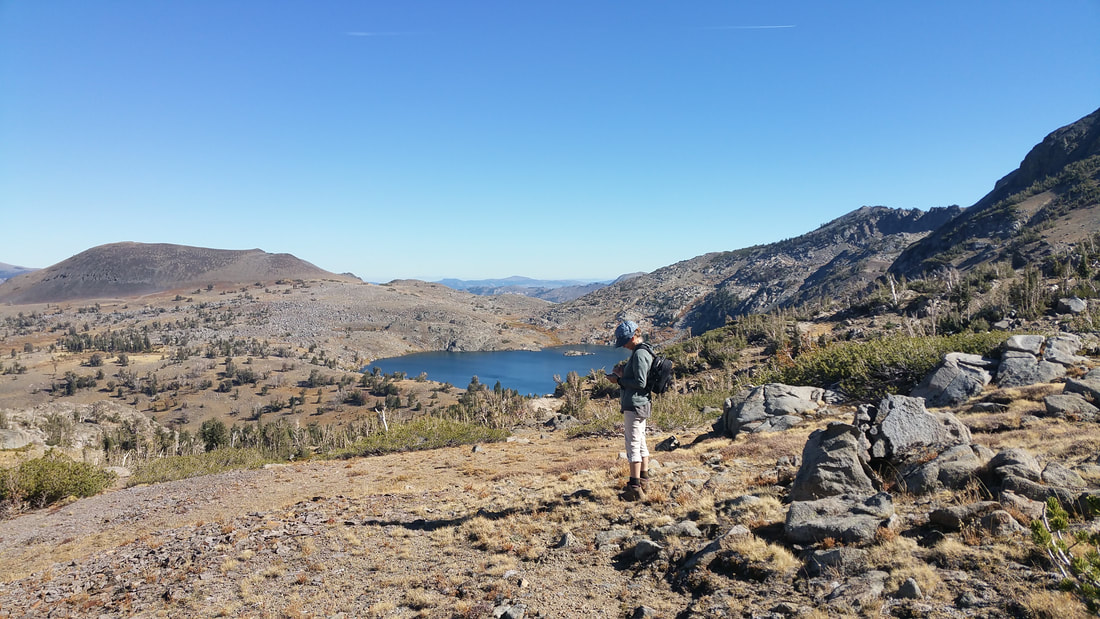
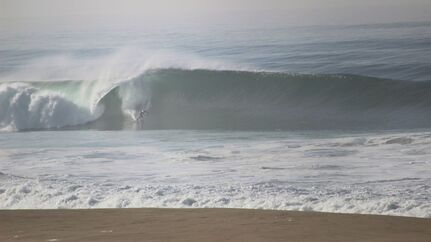
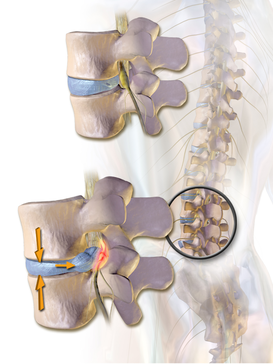
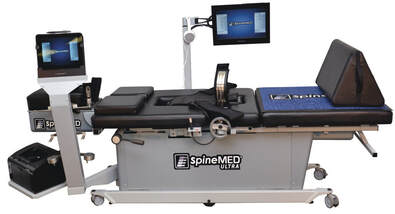
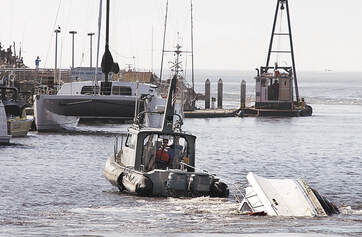
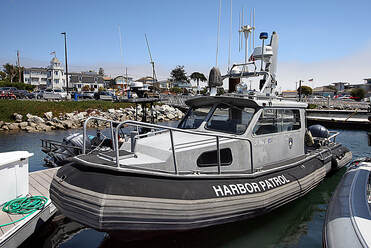
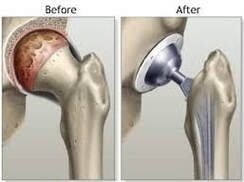
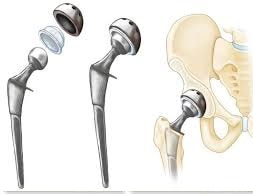
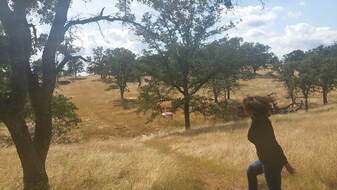
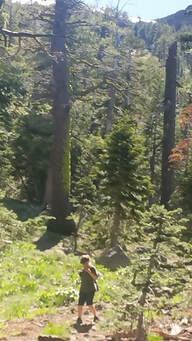
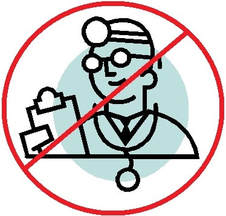
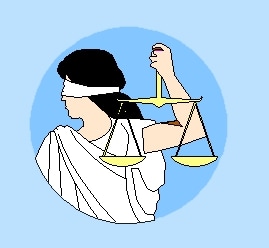


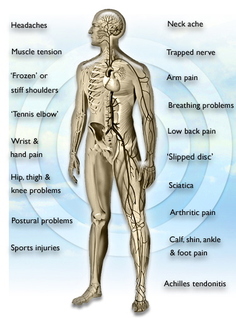
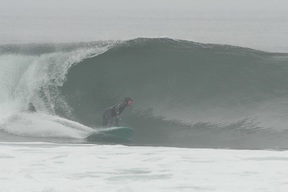
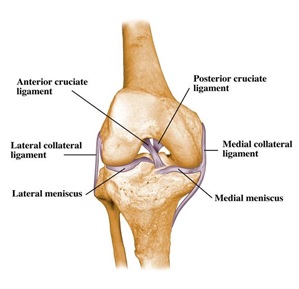
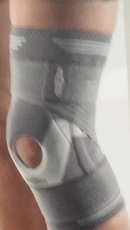
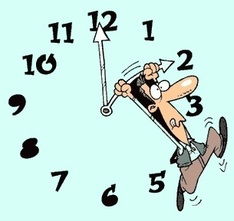
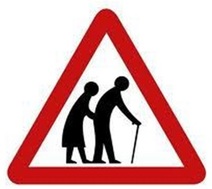
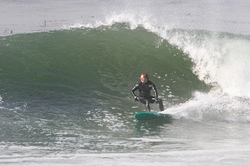
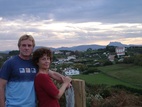
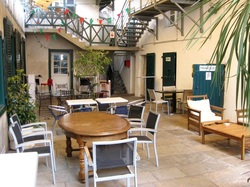
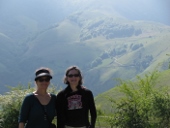
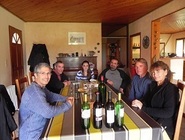


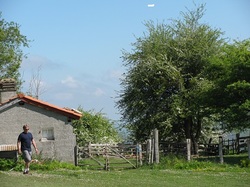
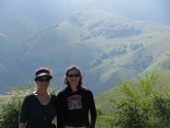
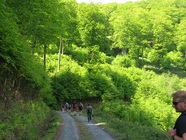
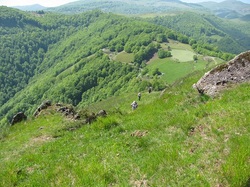
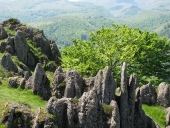
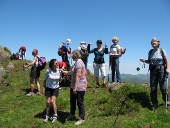
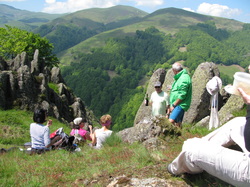

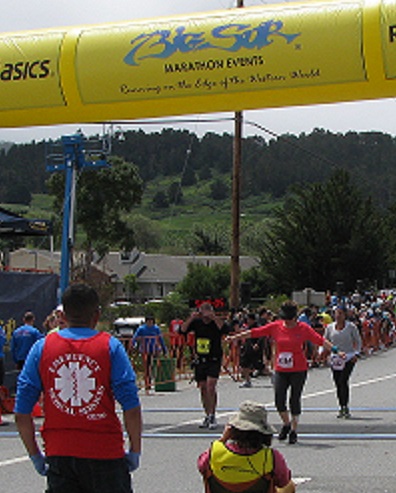


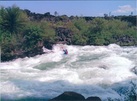
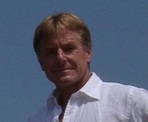
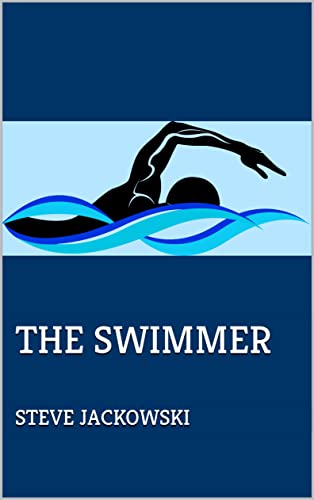
 RSS Feed
RSS Feed